PhenoVista provides access to a world-class team with an unmatched combination of imaging experts, assay development experience and the latest technologies and data analysis capabilities.
Please tell us about PhenoVista Biosciences.
Tony and I founded PhenoVista in 2014. We realized that it was very difficult for people to combine high content screening and expensive, tricky-to-handle iPS-derived cells, so we wanted to provide a service where we could do that for our clients.
How does PhenoVista Biosciences primarily use the CellVoyager CQ1 Benchtop High-Content Analysis System?
The CQ1 is a nice instrument as it has a small footprint, is easy to use, and generates very nice images. It fits really well into our service portfolio providing high content screening. I think where the CQ1 is unique amongst other options out there is its ease of use and beautiful image quality. We use it frequently for high magnification applications and 3D applications.
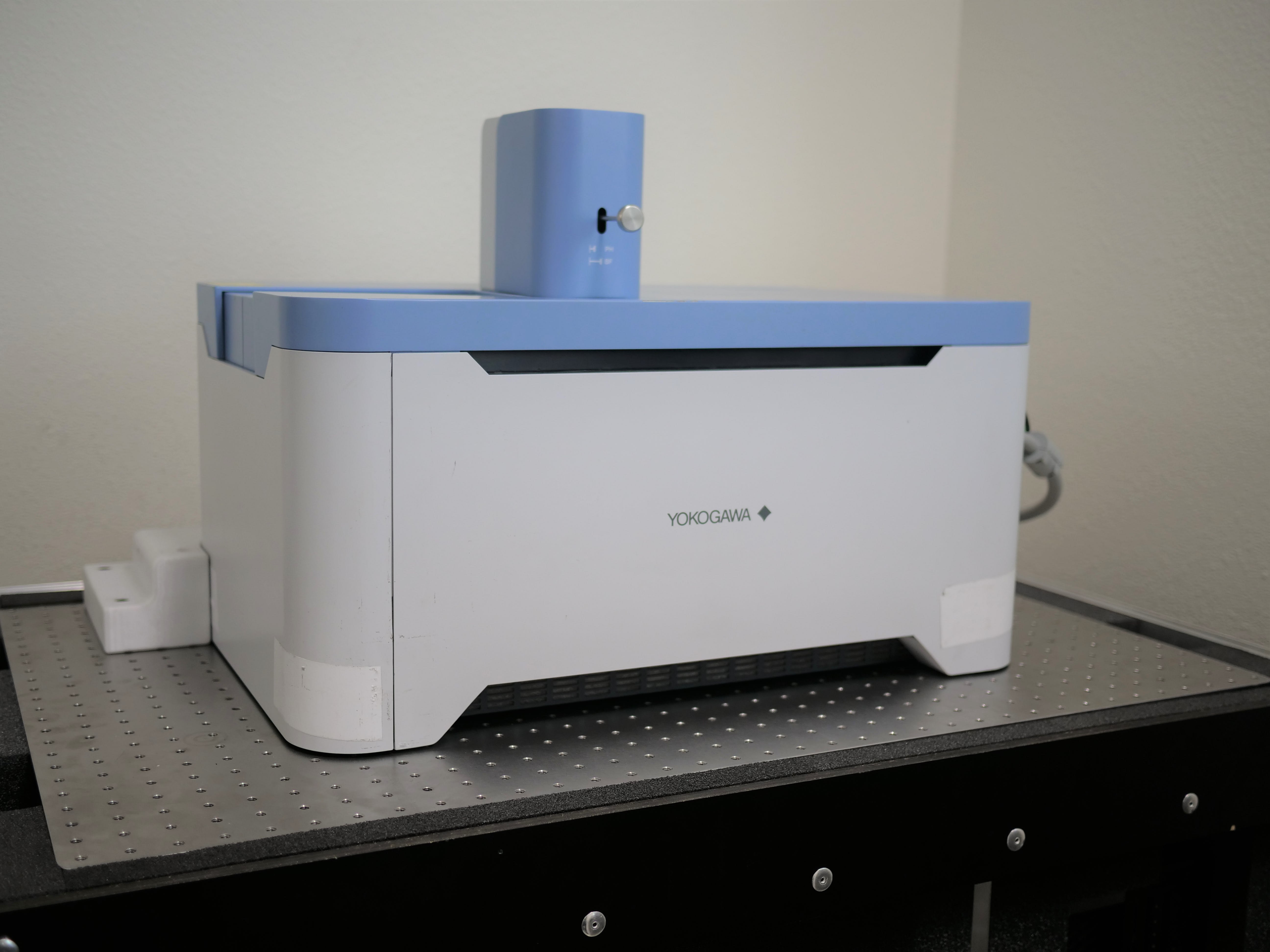
CellVoyager CQ1 Benchtop High-Content
Analysis System
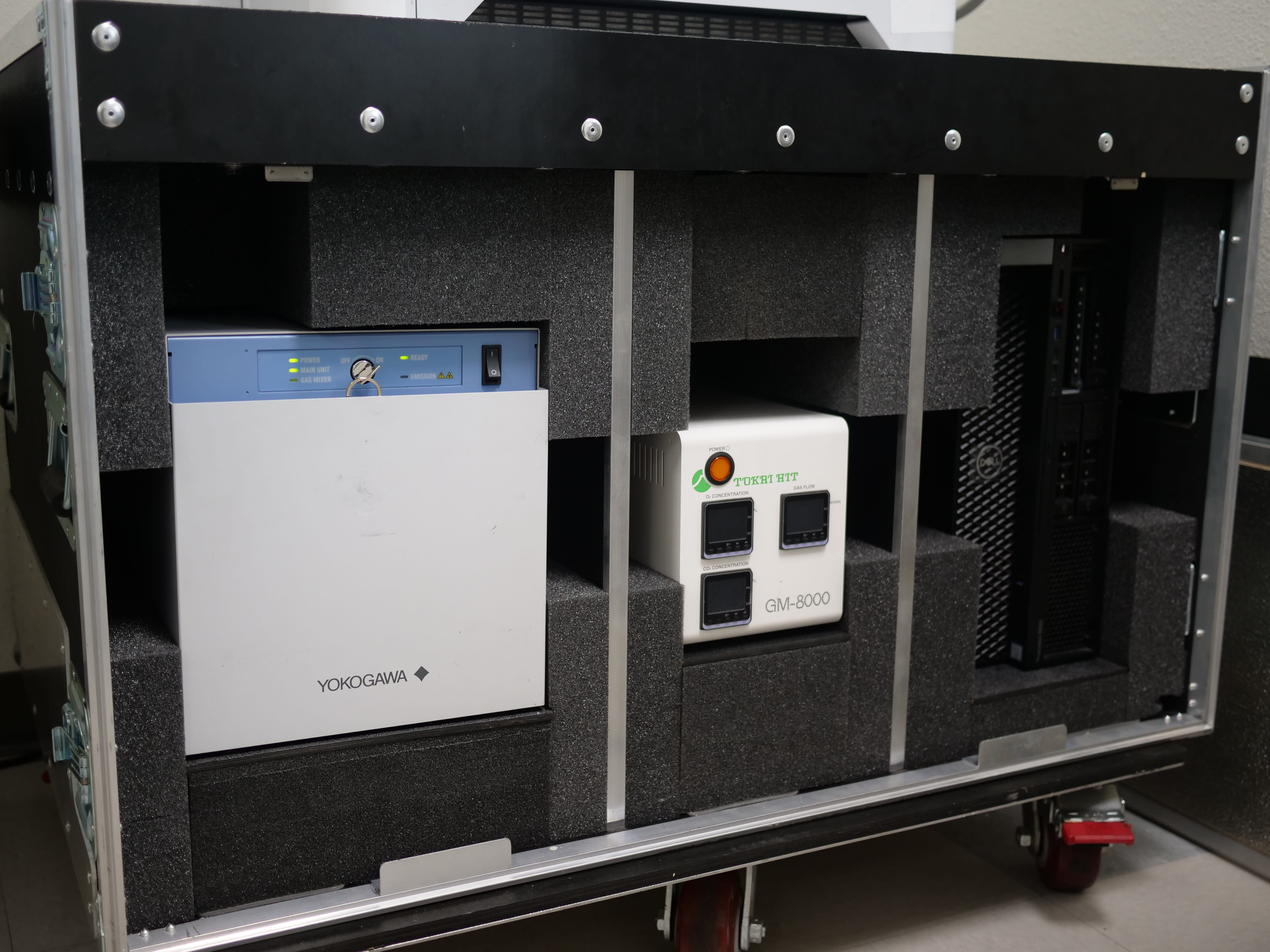
From left to right: CellVoyager CQ1
Utility Box, Gas Mixer,and Workstation
How important is automation in your lab operations?
It is critical in our lab. The work that we do is primarily in 384-well plates and sometimes in even smaller formats, so it is very difficult to do manually. Plus, automation generates better data for our clients. There is liquid handling and data pipeline automation, along with the imaging. The entire CQ1 system lends itself well to scalable automation.
What are the pain points of performing high content analysis that the CQ1 has addressed?
One of the main pain points is that HCA instruments can be difficult to use. Also, just as frustrating is that the data produced is difficult to interpret. One of the ways PhenoVista assists clients is by addressing any questions they have and giving them the most pertinent, reliable data possible. The CQ1 not only generates incredible images, it also helps clients see the trends in the data. Another thing the CQ1 does very well is help with training scientists to get them up to speed quickly, as we are expanding our business. On other instruments, it can be a much harder learning curve, but the CQ1 makes it easier for us to bring on scientists and have them become effective members of the team in a few weeks rather than a few months.
Why did you choose to use the CQ1 for high content imaging?
I have a history of working with spinning disk microscopes in academia, so I was familiar with Yokogawa’s background in developing the spinning disk technology itself. As a small business owner the return on investment on an instrument that does its job reliably is important, and the CQ1 fits that bill. Another thing that I think is really nice is its small footprint. An intangible, but very important aspect is the support. We receive great training and support from the Yokogawa team. Sometimes when purchasing equipment, you are left with figuring out how to make it work, but with Yokogawa that has not been the case.
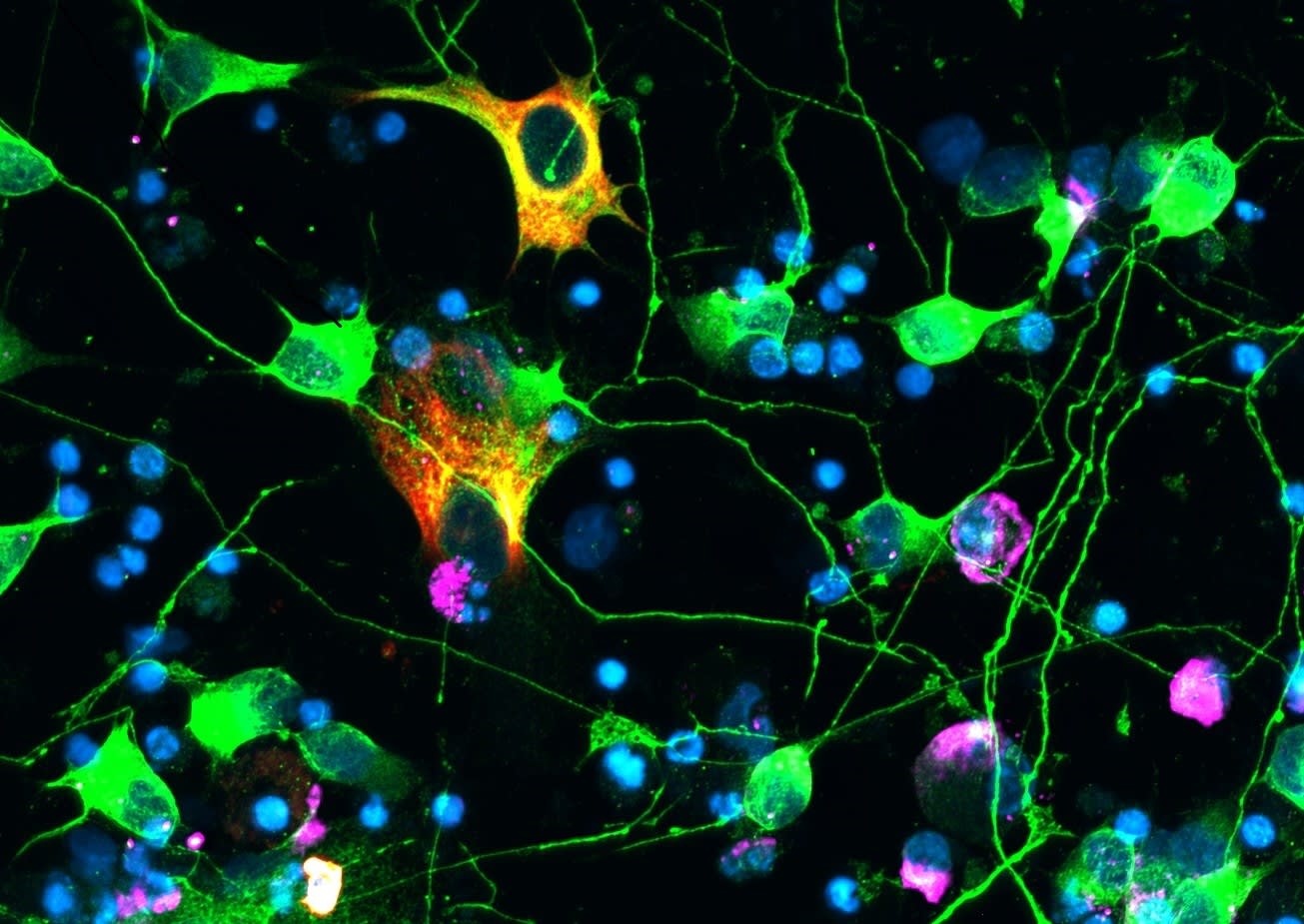
Tri-culture of neurons, astrocytes,
and microglia
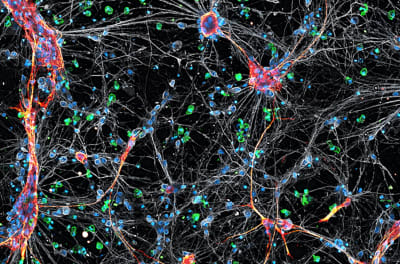 Tri-culture of neurons, microglia, and
Tri-culture of neurons, microglia, andastrocytes Hoechst Iba1 GFAP Tuj1
What is the key to making full use of the CQ1’s capabilities?
It is an intuitive platform, so after training, scientists at all levels of experience can make progress with the instrument. And with complex platforms and instruments, it is good to build a relationship with your local tech support person. Kevin is our local tech support and he is always eager to make sure we get the most out of the CQ1. The CQ1 is not one of those instruments where you must flip through a 3” manual just to get the most out of it. It is actually really nice to work with.
What are your plans for the future of PhenoVista Biosciences? Where do you hope to see the company in the next few years?
Tony and I founded PhenoVista in 2014 and in seven years we have grown from just the two of us to 20 employees and the company has grown 25-40% each year in terms of revenue. We have expanded from being primarily focused on using iPS-derived neurons, so tackling questions in the Central Nervous System. We adapted, and as people became more interested in immune oncology, we started working in that area more and more. As new platform technologies have come along, whether it has been microfluidics, bioprinting, or 3D biology, we have integrated those into our services. We continue to grow and scale the business as we endeavor to provide answers to difficult questions. I think there are more people out there we can help, and we will continue to grow and improve for our clients.
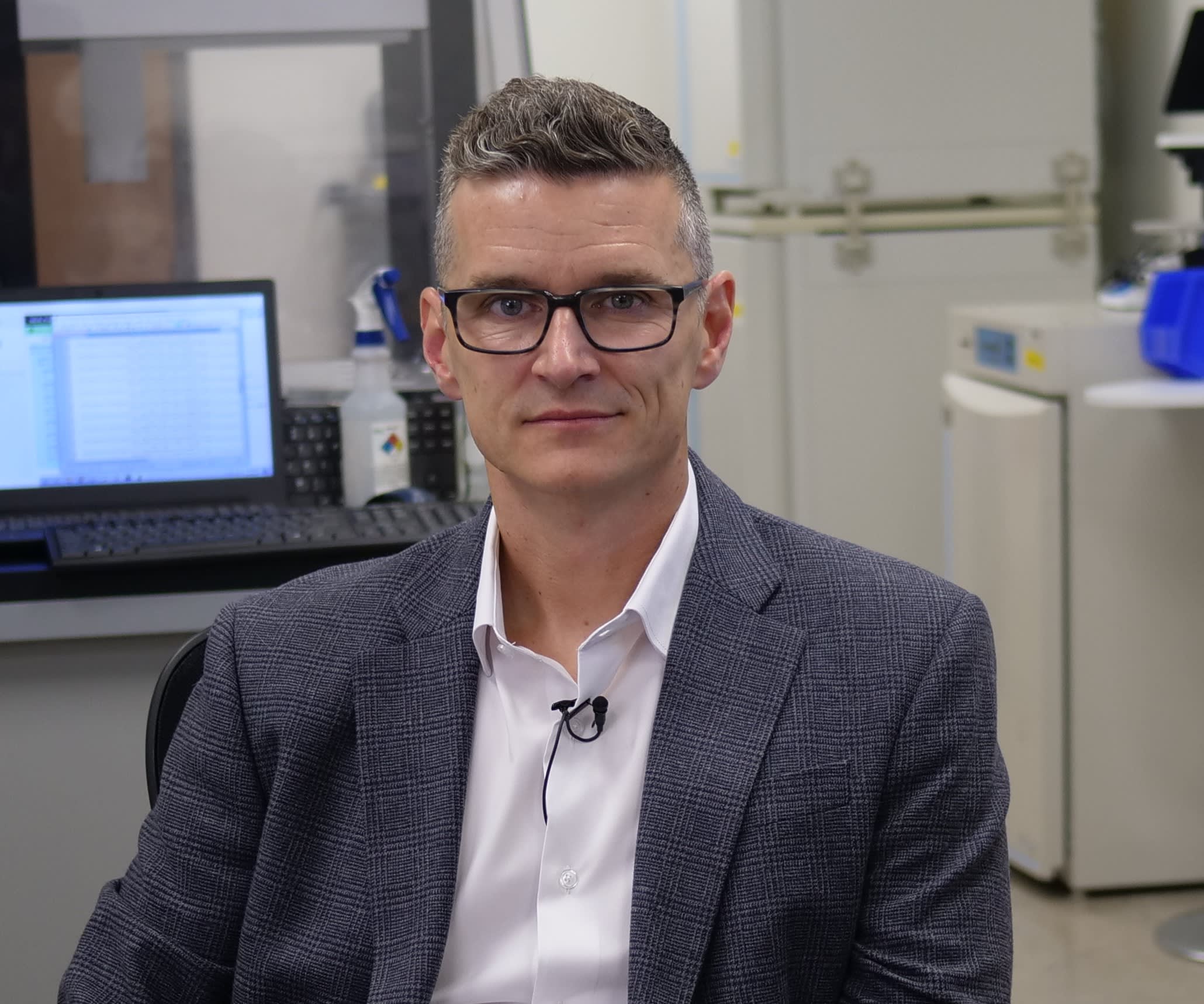
James Evans
https://phenovista.com/
CEO/Co-founder of PhenoVista Biosciences
Our Social Medias
We post our information to the following SNSs. Please follow us.
| Follow us | Share our reference | |
| @Yokogawa_LS | Share on Twitter | |
| Yokogawa Life Science | Share on Facebook | |
| Yokogawa Life Science | Share on LinkedIn |
Yokogawa's Official Social Media Account List
Related Products & Solutions
-
Benchtop CQ1 Confocal System
Optimize lab space while driving fast, accurate results.
-
Life Science
- Yokogawa life science products
- High content analysis systems
- Dual spinning disk confocal technologies
- High-speed, high-resolution live-cell imaging
- Enabling cutting-edge research
